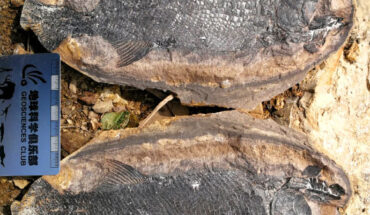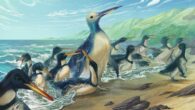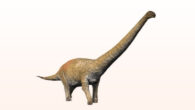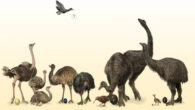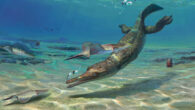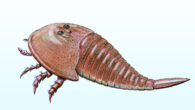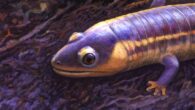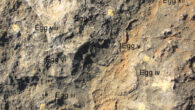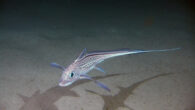The recovery of life from the devastating end-Permian mass extinction, which peaked about 252.3 million years ago, was an important period of evolution. Whether biodiversity had to rebuild from near annihilation or from refugia is a matter of conjecture but recovery heralded the development of recognizably modern ecosystems. Paleontologists have now discovered an exceptionally preserved fossil assemblage in the Daye Formation near Guiyang, China....

